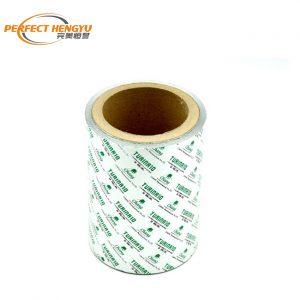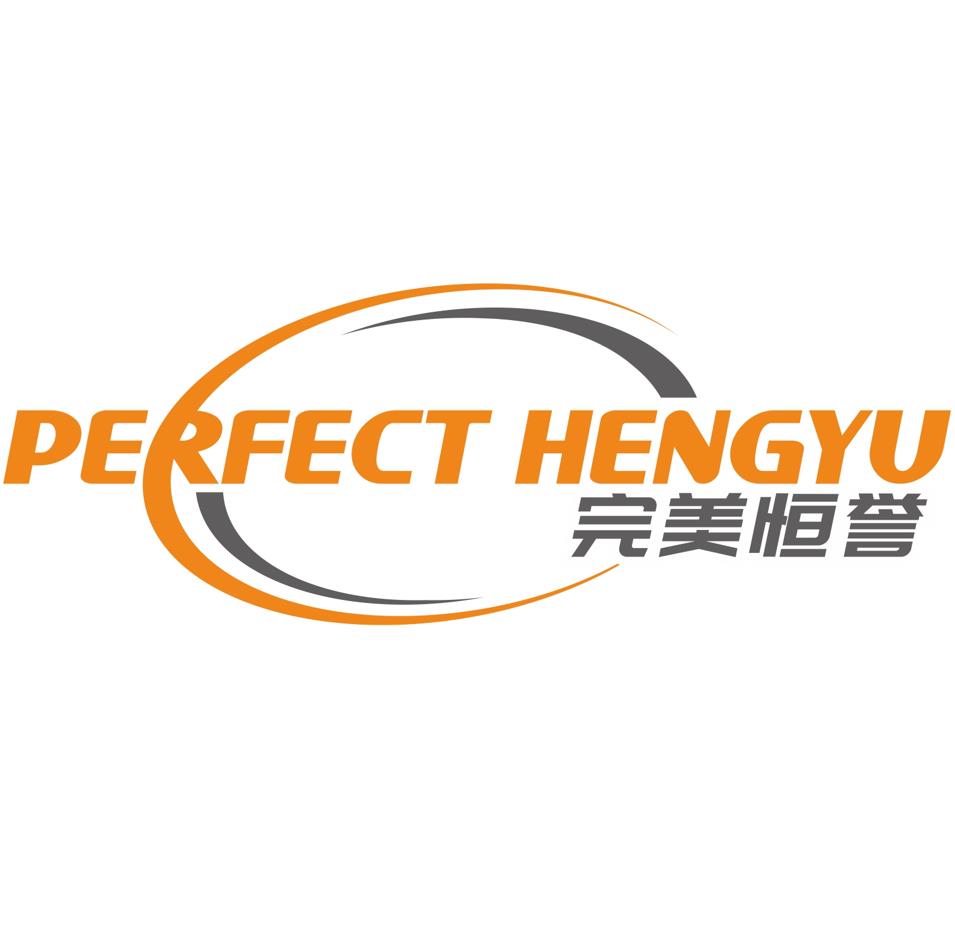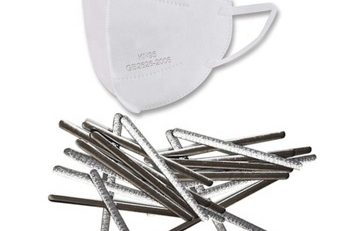In daily life, the use of medicinal aluminum foil is very extensive and mature. The primary uses of medicinal aluminum foil are blister packaging of drug capsules and tablets, and bag packaging of powder particles and water agents. Because it directly touches edible drugs, the state has very strict requirements on the appearance and function of drug foil.
Electrolytic aluminum with purity of more than 99% is generally selected for medicinal aluminum foil. Aluminum has the advantages of rich resources, low price and simple processing. When used as drug packaging materials, aluminum foil is the only metal material in packaging materials. Aluminum foil is non-toxic and tasteless. It has excellent conductivity and shading, high moisture resistance, gas resistance and taste retention. It can most effectively protect the packaged goods. It is a packaging material that has not been replaced so far. No matter what kind of evaporated metal film or coated special film can completely replace aluminum foil.
There are two kinds of common drug foils on the market, 8011 aluminum foil and 8021 aluminum foil. In the meantime, the thickness of 8011 alloy is generally less than 0.05mm, while the thickness of 8021 alloy is more than 0.05mm. Generally speaking, the primary production process is: blank inspection – blank rolling – Open split rolling – combined rolling – finished rolling – slitting – furnace loading annealing – finished product packaging. The testing items and process of medicinal aluminum foil are also discussed in the national drug packaging material standard.
[pinhole degree] take 10 samples with a length of 400mm and a width of 250mm (when the width is less than 250mm, take the roll width) and place them one by one on the pinhole inspection stand (800mm x600mmx300mm or wooden box with appropriate volume, 30W fluorescent lamp is installed in the wooden box, a glass plate is placed on the wooden box, the glass plate is lined with black paper and 400mmx250mm space is reserved to check the pinholes of the sample), and check the pinholes in the dark. There should be no dense, continuous and periodic pinholes; There shall be no pinhole with a diameter greater than 0.3mm in each square meter; The number of pinholes with a diameter of 0.1 ~ 0.3mm shall not exceed 1.
[heat sealing strength of adhesive layer] 100mm × 100mm of this product, take another 100mmxl00mm of PVC solid medicinal hard piece (conforming to ybb00212005-2015) or PVC / polyvinylidene chloride solid medicinal composite hard piece (conforming to ybb00222005-2015), stack the adhesive layer of the sample facing the PVC surface (or PVDC surface of PVC / PVDC composite hard piece), and put it in the heat sealing instrument for heat sealing. The heat sealing conditions are: temperature 155 ℃, soil 5 ℃, pressure 0.2MPa, time 1s, take it out and cool it after heat sealing, Cut the sample into 15mm wide samples, take three samples in the center, and measure them according to the thermal sealing strength measurement method (ybb00122003-2015). The test speed is 200mm / min + 20mm / min. clamp the PVC (or PVDC) sheet on the upper clamp of the testing machine and the aluminum foil on the lower clamp of the testing machine. Start the tensile testing machine for 180 angle peeling. The average value of thermal sealing strength shall not be less than 7.0n/15mm (PVC) and 6.0n/15mm (PVDC).








